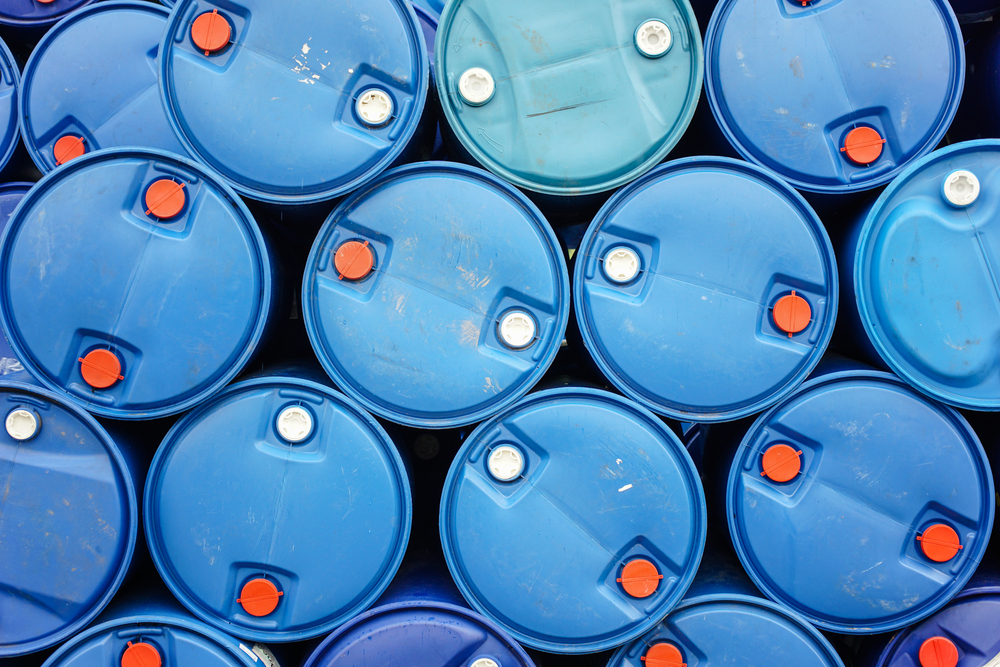Phosphonates are organic chemical compounds that contain a phosphate group (–PO₄) in their molecular structure, typically forming a carbon-phosphorus-oxygen bond. Due to their unique properties, phosphonates have a wide range of applications in the detergent and cleaning industries.
Here, we examine the characteristics, applications, benefits, and challenges of using phosphonates in the detergent industry.
Chemical and Structural Properties of Phosphonates
Phosphonates generally possess a phosphate (PO₄) group attached to one or more organic groups. These compounds are commonly found as monoesters or diesters of phosphoric or phosphonic acid. One of their most significant structural characteristics is their ability to bind with metal ions such as calcium, magnesium, iron, and other metals.
General Structure
One of the most common types of phosphonates is phosphonic acids, which are often used in formulations and typically have the following general structure:
R–P(OH)₂(OR′)
where R and R′ represent various organic groups that can be either linear or cyclic.
Applications of Phosphonates in the Detergent Industry
Phosphonates are used in the detergent and cleaning industries for several key reasons:
A) Anti-Scaling Agents and Water Softeners
One of the primary uses of phosphonates in detergents is to prevent scale formation in washing systems. Hard water contains calcium (Ca²⁺) and magnesium (Mg²⁺) ions that can react with detergent ingredients to form unwanted precipitates. Phosphonates chelate and stabilize these ions, thereby preventing scale buildup and enhancing the overall performance of detergents. They also contribute to water softening, improving cleaning efficiency.
B) Protection of Washing Equipment
In various industries (e.g., food processing or chemical manufacturing), washing machines and equipment must be protected from corrosion and mineral scale. Phosphonates form protective layers on metal surfaces, helping to prevent corrosion and scaling.
C) Enhancing Detergent Performance in Challenging Conditions
When the water used for cleaning contains specific pollutants or high levels of metal ions, phosphonates can act as performance enhancers. They are especially useful in industries such as food, pharmaceuticals, and chemicals where precise cleaning is critical.
Types of Phosphonates Used in Detergents
Several types of phosphonates are used in detergents, depending on the specific needs of each formulation. The most common types include:
A) Alkylphosphonates
These are commonly used in industrial detergents and cleaners. Due to their strong metal-binding capabilities, they are highly effective in preventing scale formation.
B) Phosphonic Acids
Phosphonic acids and their derivatives, such as HEDP (1-hydroxyethylidene-1,1-diphosphonic acid) and ATMP (aminotri(methylenephosphonic acid)), are widely used in various detergent and anti-scaling formulations.
Biodegradability and Environmental Considerations
Compared to phosphates, phosphonates are generally more biodegradable. However, they still require proper environmental management.
Impact on Aquatic Ecosystems
In conclusion, phosphonates are highly beneficial compounds in the detergent industry due to their unique chemical properties. They improve detergent performance, prevent scaling, and extend the lifespan of washing equipment. Their effectiveness in hard water systems, industrial detergents, and specialized formulations makes them especially valuable. However, like any chemical substance, their use should be carefully managed to avoid adverse environmental impacts.

